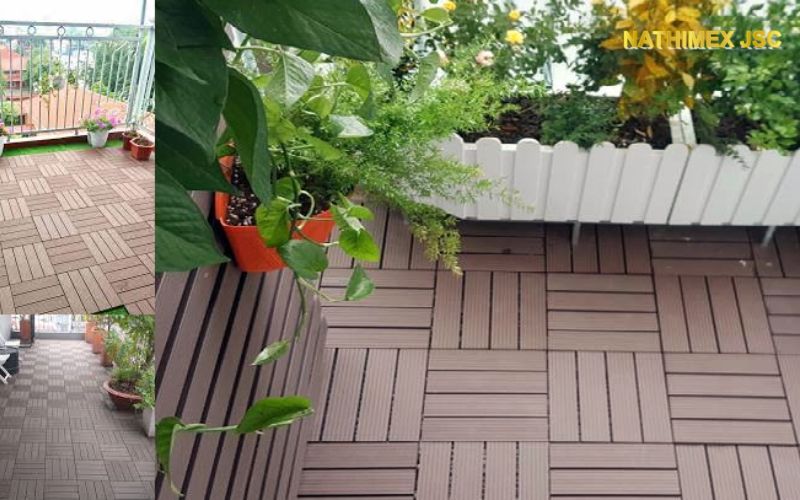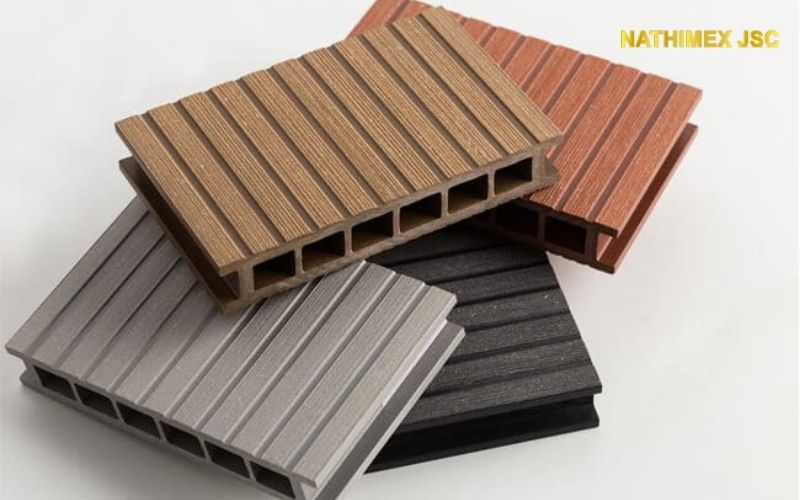-
1. What is Wood-plastic composite (WPC)
Wood-plastic composite (WPC) is a material made from a combination of wood fibers or sawdust and thermoplastics, such as polyethylene, polypropylene, or polyvinyl chloride. The resulting material has properties of both wood and plastic, and can be molded into various shapes and sizes. They are made by blending wood fibers with polymers to create a material that looks and feels like wood but has the added benefits of being stronger, lighter, and less prone to rotting or splintering.
The combination of wood fibers and thermoplastics results in a material that is more durable, moisture-resistant, and rot-resistant than traditional wood, while also being more environmentally friendly than pure plastic products. WPC is commonly used for outdoor decking, fencing, furniture, and other applications where a combination of durability, weather resistance, and aesthetics are required.
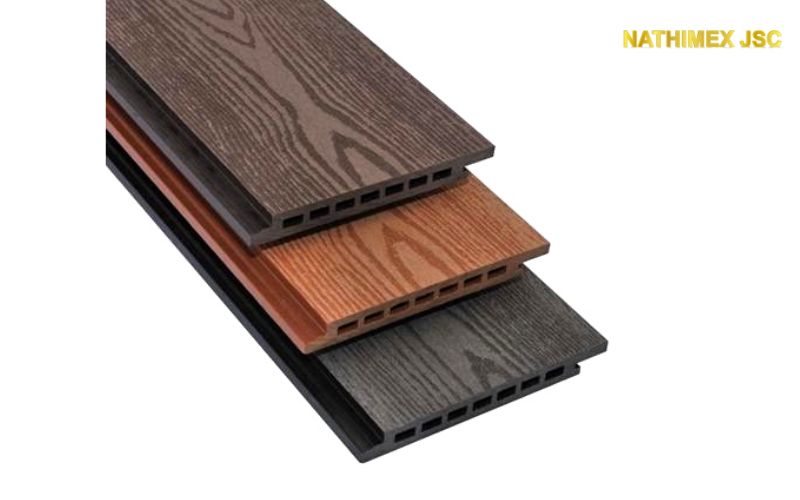
-
2. The Evolution and Popularity of Wood-Plastic Composites (WPC)
The use of wood-plastic composites (WPC) has grown in popularity since the 1990s, with increased interest in finding alternatives to traditional wood products. However, the use of wood-plastic composites is relatively new compared to traditional wood products, which have been used for centuries.
The development of WPC began in the 1970s, with the production of composite boards made from wood chips and thermosetting resins. In the 1990s, the technology for producing WPC using thermoplastic resins was developed, which greatly expanded the potential applications for WPC.
Since then, the use of WPC has continued to grow, and it is now used in a wide range of applications, from outdoor decking to automotive interiors. As the demand for environmentally friendly and sustainable materials continues to grow, the use of WPC is expected to continue to expand in the coming years.
-
3. Understanding the Composition and Manufacturing Process of Wood-Plastic Composite (WPC)
The production process for wood-plastic composite (WPC) involves mixing wood fibers or sawdust with thermoplastic resins in a heated extruder. The exact process can vary depending on the specific materials and equipment used, but the following steps are typical:
+ Mixing: The wood fibers or sawdust and thermoplastic resins are mixed together in a high-speed mixer to ensure a uniform distribution of materials.
+ Extrusion: The mixture is fed into an extruder, which heats and melts the thermoplastic resins. The melted resin is forced through a die that gives the WPC its desired shape, such as a deck board or fence panel.
+ Cooling: The newly-formed WPC is cooled rapidly to solidify the material and ensure its final shape.
+ Finishing: The WPC can be finished with a variety of surface treatments, such as sanding or embossing, to achieve the desired appearance and texture.
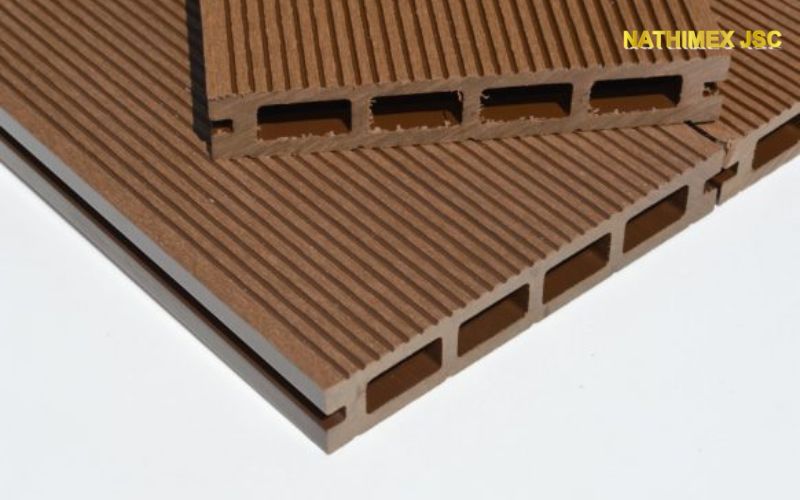
Wood-plastic composite (WPC) is a hybrid material that combines the properties of wood and plastic. The exact structure of WPC can vary depending on the specific materials and manufacturing process used, but a typical WPC structure includes the following components:
+ Wood fibers or sawdust: These are typically derived from wood waste products and can include softwoods, hardwoods, or a combination of both.
+ Thermoplastic resin: This is a polymer material that is melted and mixed with the wood fibers to create the WPC. Common thermoplastics used in WPC production include polyethylene (PE), polypropylene (PP), and polyvinyl chloride (PVC).
+ Additives: Various additives may be added to the WPC mixture to improve its performance and appearance. For example, UV stabilizers can help protect the WPC from sunlight damage, while colorants can be added to achieve a specific color or wood-like appearance.
+ Processing aids: These can include lubricants, processing aids, and foaming agents, which are used to improve the processing of the WPC mixture and ensure that it flows smoothly through the extruder.
+ The wood fibers and thermoplastic resin are typically mixed together in a high-speed mixer before being fed into an extruder, where the mixture is heated, melted, and forced through a die to create the final WPC product. The resulting structure of the WPC depends on the specific manufacturing process used and the desired properties of the final product.
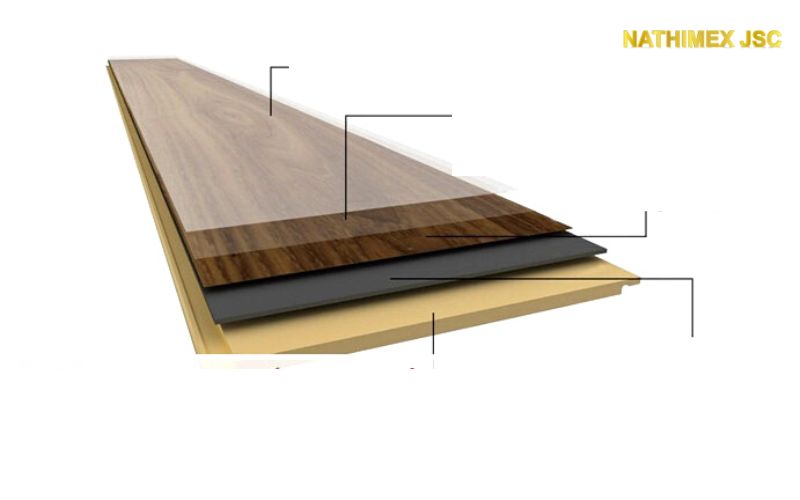
-
4. WPC Flooring Comparison
Wood-plastic composite (WPC) flooring is a relatively new type of flooring material that has gained popularity in recent years. Here is a comparison of WPC flooring with some other common types of flooring:
+ Solid Hardwood Flooring: Solid hardwood flooring is made entirely from real wood and is a highly durable and long-lasting flooring option. However, it can be susceptible to scratches, dents, and moisture damage, and may require periodic refinishing.
+ Laminate Flooring: Laminate flooring is made from a composite material that includes a high-density fiberboard (HDF) core and a printed top layer that mimics the appearance of wood or other materials. Laminate flooring is highly durable and resistant to scratches and moisture, but it can be less comfortable underfoot and may have a less authentic appearance than real wood or WPC flooring.
+ Luxury Vinyl Flooring (LVT): Luxury vinyl flooring is a type of resilient flooring that is highly durable and waterproof, making it a popular choice for high-moisture areas like kitchens and bathrooms. However, LVT may have a less authentic appearance than real wood or WPC flooring, and it may be less comfortable underfoot.
+ Compared to these flooring options, WPC flooring offers a unique combination of durability, moisture resistance, and authentic wood-like appearance. WPC flooring is highly durable and resistant to scratches, dents, and moisture damage, and it can be more comfortable underfoot than some other types of flooring. Additionally, WPC flooring can be a more eco-friendly option than some other flooring materials, as it is made from a combination of recycled materials and can be recycled at the end of its life.
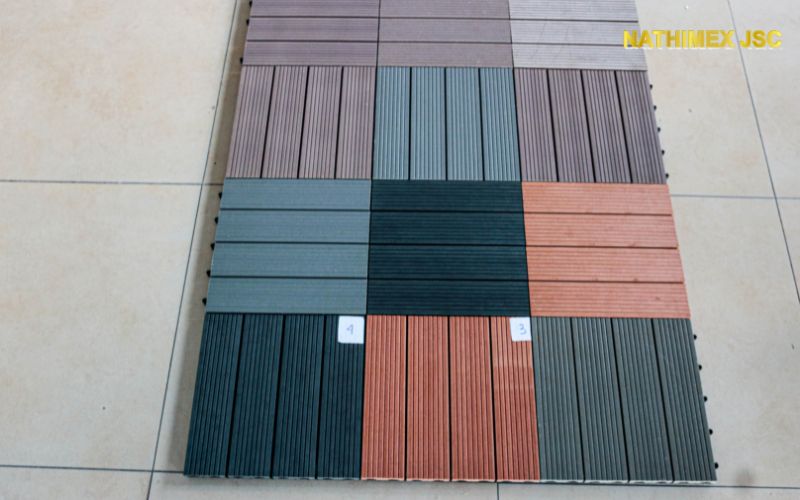
-
5. The Color Range of Wood-Plastic Composite (WPC):
Depending on the manufacturer and product line, the colors of wood-plastic composite (WPC) can change. However, because many WPC products are designed to look like natural wood, they frequently come in colors that are similar to different types of wood such as:
+ Brown: This is a popular color for WPC decking and other outdoor applications, as it mimics the appearance of natural wood.
+ Gray: Gray WPC is also popular for outdoor applications, and can provide a modern, contemporary look.
+ Reddish-brown: This color is often used to mimic the appearance of cedar or redwood, which are popular choices for natural wood decking.
+ Lighter shades: Some WPC products are available in lighter colors, such as beige or tan, which can provide a more subtle, understated look.
+ Multi-toned: Some WPC products feature multiple colors or shading, which can create a more complex and interesting appearance.
It's important to note that not all manufacturers offer the same range of colors, so it's a good idea to research different brands and product lines to find the color and appearance that best suits your needs.
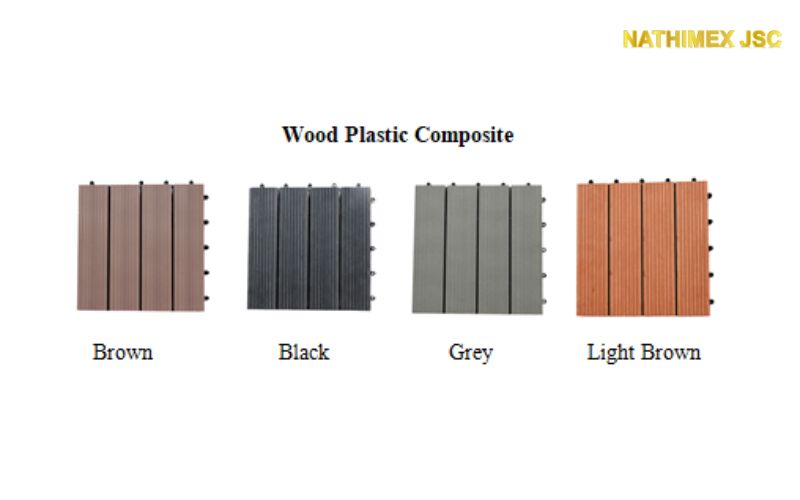
-
6. Benefits of Wood-Plastic Composite (WPC) Decking:
There are several benefits of using wood-plastic composite (WPC) in decking applications. Some of the main benefits are listed below:
+ Durability: WPC decking is highly durable and resistant to weathering, moisture, and pests, making it a long-lasting and low-maintenance option for outdoor decking.
+ Authentic wood-like appearance: WPC decking is designed to mimic the appearance of natural wood, providing a high-end and authentic look for outdoor spaces.
+ Low maintenance: Unlike traditional wood decking, WPC decking requires minimal maintenance, including no sanding, staining, or sealing.
+ Eco-friendly: WPC decking is made from recycled materials, including reclaimed wood fibers and plastic, making it a sustainable and environmentally-friendly choice for decking.
+ Slip-resistant: WPC decking is designed to be slip-resistant, providing a safer surface for outdoor use.
+ Resistant to fading: WPC decking is resistant to fading and discoloration, ensuring that it maintains its appearance over time.
+ Design versatility: WPC decking is available in a wide range of colors, textures, and finishes, allowing for a high level of customization and design flexibility.
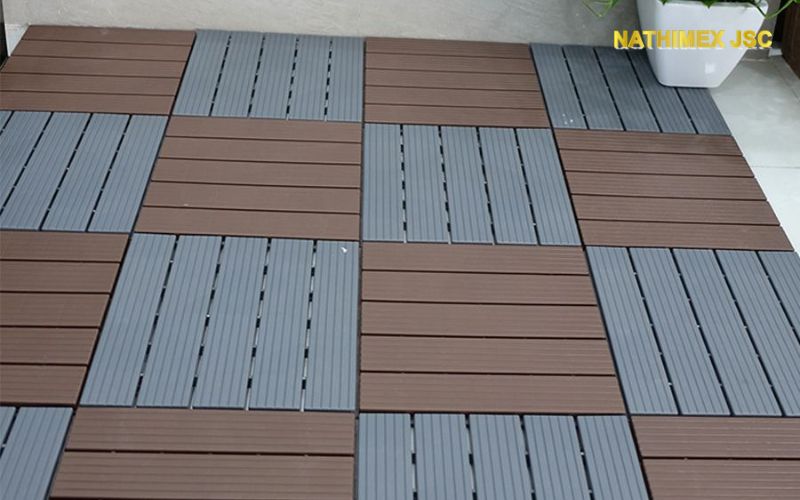
-
7. Applications of Wood-Plastic Composite (WPC) Decking:
Wood-plastic composite (WPC) is a versatile material that can be used in a wide range of applications such as decking, fencing, siding, furniture, flooring, wall paneling and automotive components. Let’s talk about wood-plastic composite (WPC) decking, it is a popular choice for outdoor decks and patios due to its durability, resistance to moisture and weather, and authentic wood-like appearance. Here are some specific applications of WPC decking:
+ Residential decking: WPC decking is a popular choice for residential decking projects due to its low maintenance requirements, resistance to moisture and weather, and authentic wood-like appearance.
+ Commercial decking: WPC decking is also used in commercial applications, such as outdoor seating areas, pool decks, and restaurant patios, due to its durability and low maintenance requirements.
+ Rooftop decking: WPC decking can be used in rooftop applications, as it is lightweight and resistant to moisture and weather, making it ideal for rooftop decks and patios.
+ Boardwalks and walkways: WPC decking can be used to create boardwalks and walkways in parks and other public spaces, as it is durable, slip-resistant, and requires minimal maintenance.
+ Marine applications: WPC decking can be used in marine applications, such as dock and pier construction, due to its resistance to moisture and weather.
